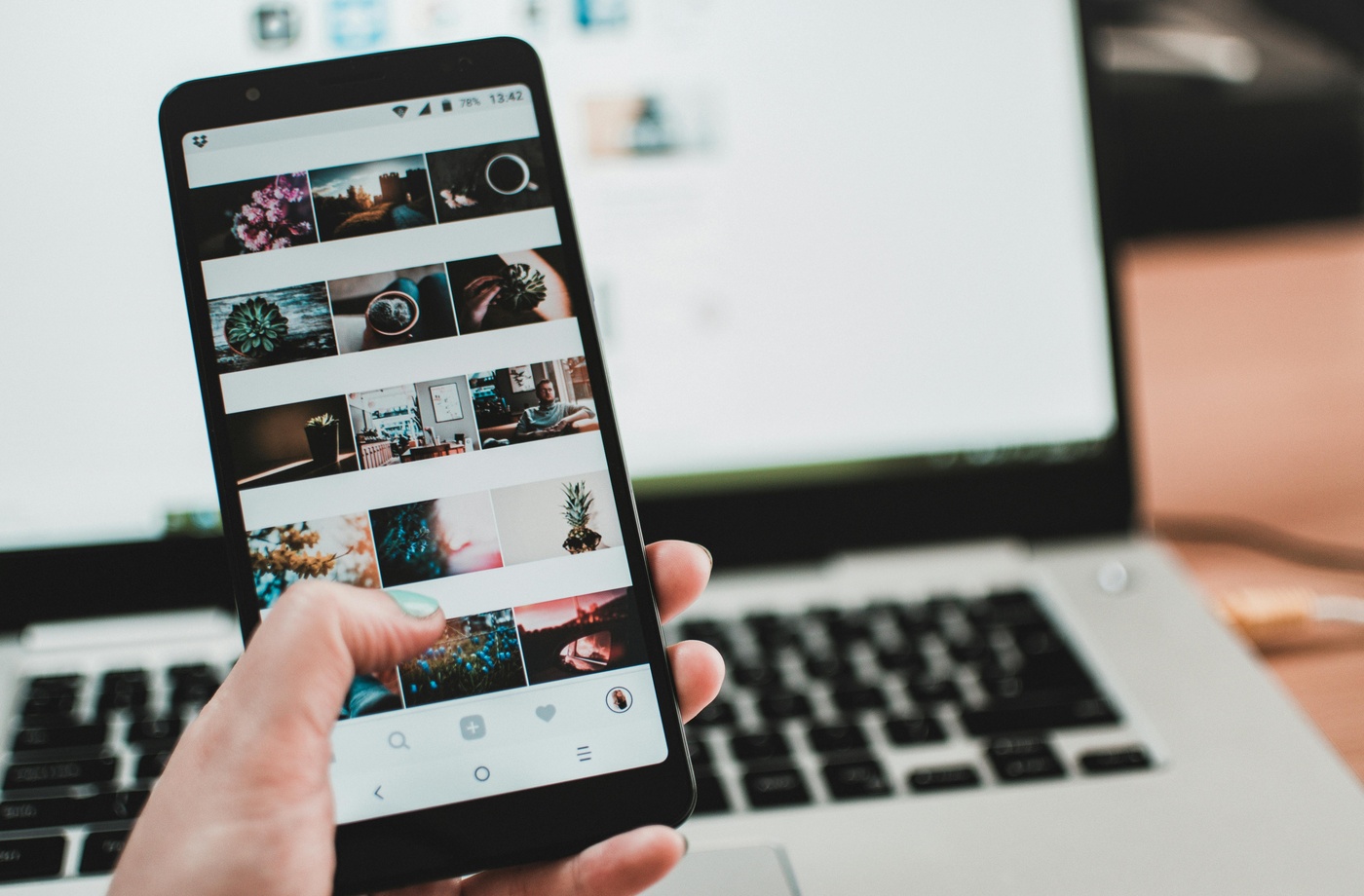Color is one of the most powerful elements in advertising—and one of the easiest to overlook. Beyond aesthetics, color triggers emotion, communicates brand identity, and influences decision-making. In high-competition environments like social feeds, display networks, or packaging design, getting the color right can be the difference between scroll and click.
Here’s how color psychology impacts advertising performance and how to apply it strategically across campaigns.
Why color matters in advertising
The human brain processes visuals 60,000 times faster than text. According to Colorcom, up to 90% of snap judgments about products are based on color alone. In advertising, color sets the tone before a word is read or a video is played.
Color influences:
- First impressions and brand recall
- Perceived value and quality
- Emotional association (e.g., trust, urgency, excitement)
- Consumer action, such as clicking, buying, or subscribing
Key color associations in marketing
While color meanings can vary culturally, some general associations are widely used in advertising:
- Red: Urgency, passion, appetite. Often used in clearance sales or food brands like Coca-Cola.
- Blue: Trust, security, calmness. Common in finance and tech brands (e.g., PayPal, IBM).
- Yellow: Optimism, attention-grabbing, warmth. Used in ads to stimulate positivity or alertness.
- Green: Health, sustainability, growth. Ideal for organic, financial, or eco-conscious messaging.
- Black: Sophistication, luxury, authority. Popular with premium or minimalist brands.
- Purple: Creativity, royalty, uniqueness. Often used in beauty and wellness industries.
- Orange: Energy, enthusiasm, action. Encourages conversion and spontaneity (e.g., CTA buttons).
Color and conversions: The data-backed link
Studies show that color contrast improves click-through rates on buttons and links. A red button on a neutral background or a green button on a white background can dramatically increase conversions. What matters most is contrast, consistency, and context.
Use tools like Adobe Color or Coolors to create balanced and high-contrast palettes that match your brand’s emotional goals.
How to use color effectively in ad design
- Match the color to your message: A luxury skincare ad may lean on soft neutrals and metallics, while a summer sale for a streetwear brand might use bold primaries and neons.
- Stay consistent across touchpoints: Your landing page, ad creative, and CTA should use cohesive color cues. This supports brand recognition and builds trust.
- Use contrasting CTA buttons: Make sure your call-to-action pops visually from the background. Test different color variants to improve conversion.
- Avoid overuse of trendy palettes: Seasonal or trend-based colors should complement your brand—not replace its identity.
- Always test color performance: A/B test ad visuals and button colors using tools like Meta Experiments.
Cultural context and localization
Colors carry different meanings across regions. For example, white represents purity in Western cultures but mourning in parts of Asia. When running global campaigns, consult local insights or tools like The Globalization Partners Color Guide to ensure cultural relevance.
Final thought
Color isn’t just decoration—it’s strategy. When used intentionally, color can attract attention, build trust, and inspire action. By understanding color psychology and integrating it into every aspect of your ad design, you ensure your brand doesn’t just show up—it stands out.



